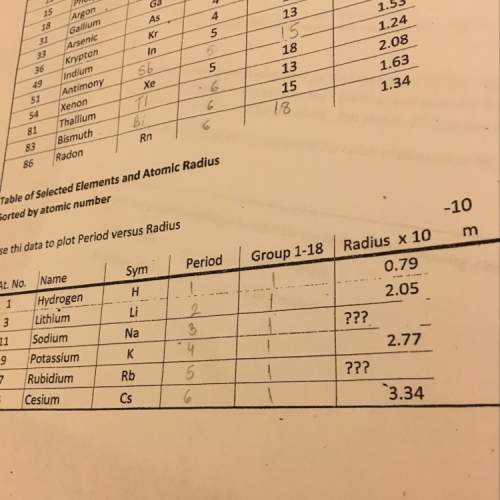
Complete the following hypothesis:
If substances are allowed to separate according to their densities, the densest materials will settle at the bottom and the least dense will be at the top. In this experiment, I predict the order of settling from top to bottom will be:
Use a ruler to make a mark 2 centimeters from the bottom of four cups. Fill each cup to this level with one of the four liquids. (The exact amount is not important, just that the amounts are equal. )
Use a laboratory balance to determine the mass of each liquid. Record your findings.
Using the results from number 4 above, you should be able to determine which liquid actually has the highest density. Remember that density = m/V. Because each of these samples had the same volume, you can directly compare their masses to determine their relative densities. Your results may not agree with your hypothesis, but that's okay. That's what happens in most scientific work!
Now that you have a pretty good idea about the density of the fluids, it's time to start building your column. There is some technique involved.
Note: To see the separation between the solutions, it helps to hold a piece of white paper behind the graduated cylinder.
At this point you need to work fairly quickly because some of the layers may start to mix. Add the solid pieces in the order of most dense to least dense according to your hypothesis. They should sink in the column until they reach a density that matches theirs.
Record the final arrangement of fluids and items in your density column. Draw or take a digital picture for your lab book.

Answers: 3


Another question on Chemistry

Chemistry, 22.06.2019 13:00
16. why must the number of electrons lost equal the number of electrons gained in every redox reaction? use 3 – 4 sentences in your own words to address this question. 18. what type of radiation is emitted when chromium-51 decays into manganese-51? show the nuclear equation that leads you to this answer. 19. a radioactive nucleus alpha decays to yield a sodium-24 nucleus in 14.8 hours. what was the identity of the original nucleus? show the nuclear equation that leads you to this answer.
Answers: 2

Chemistry, 22.06.2019 18:30
The number of moles of a given mass of a substance can be found without knowing its molecular formula or molar mass. true false
Answers: 1

Chemistry, 22.06.2019 20:10
The lattice enthalpy (formation of ionic solid from ions in the gas phase) for agcl(s) is -916 kj/mol and the hydration enthalpy (dissolution of gaseous ions into water) is -850 kj/mol. how much heat (in joules) is involved in forming 1l of saturated agcl solution (1.8 × 10-4 g / 100 ml water) by dissolving agcl(s)? assume solution volume does not change much upon dissolution. the equations are given below. ag+(g) + cl−(g) æ agcl(s)
Answers: 3

You know the right answer?
Complete the following hypothesis:
If substances are allowed to separate according to their densiti...
Questions














History, 09.04.2020 19:36





Chemistry, 09.04.2020 19:37




